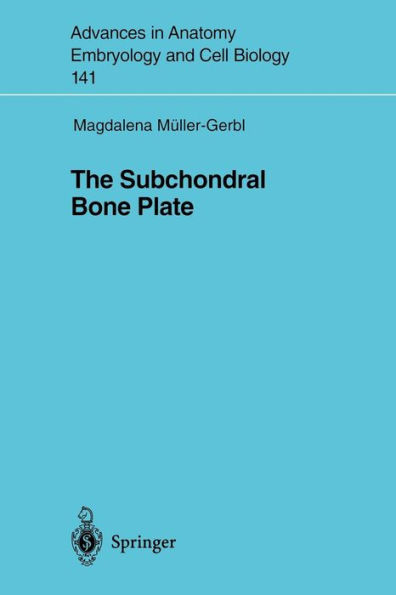5
1
9783540636731


The Subchondral Bone Plate / Edition 1 available in Paperback

The Subchondral Bone Plate / Edition 1
- ISBN-10:
- 3540636730
- ISBN-13:
- 9783540636731
- Pub. Date:
- 04/08/1998
- Publisher:
- Springer Berlin Heidelberg
- ISBN-10:
- 3540636730
- ISBN-13:
- 9783540636731
- Pub. Date:
- 04/08/1998
- Publisher:
- Springer Berlin Heidelberg
54.99
In Stock

Product Details
| ISBN-13: | 9783540636731 |
|---|---|
| Publisher: | Springer Berlin Heidelberg |
| Publication date: | 04/08/1998 |
| Series: | Advances in Anatomy, Embryology and Cell Biology , #141 |
| Edition description: | New Edition |
| Pages: | 134 |
| Product dimensions: | 6.10(w) x 9.25(h) x 0.01(d) |
About the Author
From the B&N Reads Blog
